If you're looking to cook up a storm in the kitchen, gas hobs are a fantastic choice. They heat up quickly and give you precise control over temperature, so you can nail your recipes every time. Plus, they're super easy to clean, which means less time scrubbing and more time enjoying your delicious meals!
Gas Hobs
Discover efficient cooking solutions with our premium selection of gas hobs designed for culinary excellence
Product List
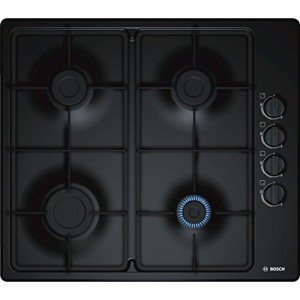
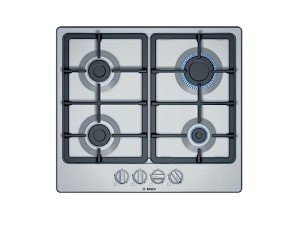

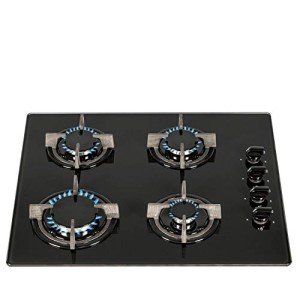

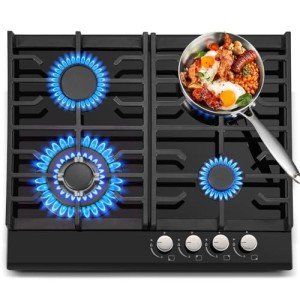
TopStrong 60cm Black Gas Hob
Topstrong
Product Review Score
4.51 out of 5 stars
99 reviews$209.43 $196.34
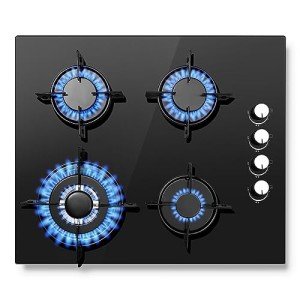

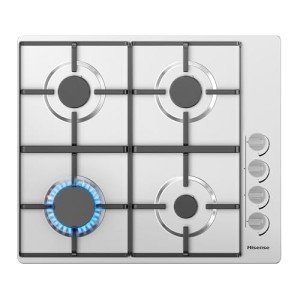
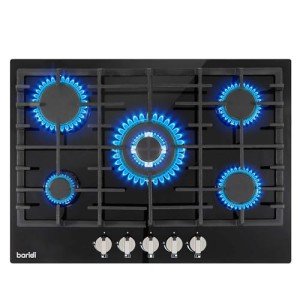
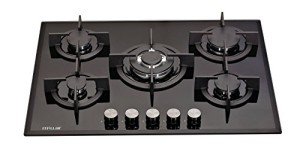

When it comes to kitchen appliances, few choices are as central to cooking as the hob. A hob is where meals come to life—where ingredients are sautéed, sauces are simmered, and dishes are finished to perfection. Among the available options—electric, induction, and gas—gas hobs remain a firm favorite among professional chefs and home cooks alike. Their instant heat, precise control, and cost-effectiveness make them a versatile and dependable choice for most households.
This blog post takes a deep dive into gas hobs, exploring their benefits, types, safety considerations, and choosing tips. It also provides practical insights into installation, maintenance, and frequently asked questions.
Why Choose a Gas Hob?
The enduring popularity of gas hobs can be explained by several distinct advantages:
- Instant Response: Gas burners provide immediate heat and allow swift changes in cooking temperature.
- Visual Cues: The flame allows cooks to see heat intensity, unlike electric or induction cooking.
- Versatility with Cookware: Any type of pot or pan can be used, with no restriction to special materials.
- Affordability: Gas is often cheaper than electricity in many regions.
- Durability: Sturdy cast-iron or steel supports withstand heavy use.
Types of Gas Hobs
Gas hobs come in a variety of configurations, suiting different kitchen sizes, cooking styles, and budgets.
| Type of Gas Hob | Description | Best For | Typical Features |
|---|---|---|---|
| Standard 4-Burner Hob | Offers four burners of varying sizes for everyday cooking. | Small to medium households. | Easy-to-use knobs, metal supports. |
| 5 or 6-Burner Hob | Provides additional burners including a wok burner. | Large families or those who cook multiple dishes simultaneously. | Central wok burner, stronger output. |
| Wok Hob | Features one or two high-powered wok burners. | Asian-style cooking and stir-fry enthusiasts. | Powerful flames, wide pan support. |
| Gas-on-Glass Hob | Burners mounted on a smooth glass surface. | Modern kitchens requiring style and ease of cleaning. | Sleek design, easier wipe-down. |
| Modular Hob | A customizable option where hobs are combined. | Home chefs who want flexibility. | Can mix gas, electric, or induction units. |
Key Features to Look for in a Gas Hob
When buying a gas hob, it’s important to consider the specific features that match your cooking style and household needs:
- Burner Power Levels – Look for a hob with varied burner sizes, including a simmer burner and a high-powered wok burner.
- Ignition System – Automatic electronic ignition is more convenient compared to manual ignition.
- Safety Features – Flame failure devices cut off the gas supply if a flame goes out, preventing leaks.
- Hob Surface Material – Stainless steel is durable but shows fingerprints; glass is stylish but may require more careful handling.
- Pan Supports – Cast-iron supports are sturdy and stable; enameled supports are lighter and easier to clean.
- Controls – Front controls are convenient for access, while side controls prevent accidental knocks.
Installation Considerations
Installing a gas hob requires a qualified gas engineer to ensure safety and compliance with local regulations. Things to keep in mind include:
- Location & Clearance: Adequate ventilation and clearance from overhead cupboards are necessary.
- Connection: Must be properly connected to the gas supply and tested for leaks.
- Electrical Supply: Some models require a power connection for ignition or safety systems.
- Ventilation: Consider an extractor hood to disperse fumes and odors efficiently.
Safety Tips for Gas Hob Users
Gas hobs are safe when used responsibly, provided a few key practices are followed:
- Always supervise cooking to avoid unattended flames.
- Ensure burners are completely turned off after use.
- Regularly clean burners and pan supports to prevent blockage.
- Keep flammable items (tea towels, paper towels) away from the hob area.
- Schedule annual servicing by a qualified gas technician.
Gas Hob vs. Induction Hob
Many buyers compare gas and induction hobs before making a purchase. Here’s a side-by-side overview:
| Feature | Gas Hob | Induction Hob |
|---|---|---|
| Speed of Heating | Immediate flame, but slightly slower than induction. | Very fast, heats pans directly. |
| Control | Flame adjustment offers intuitive control. | Digital controls allow precise heat settings. |
| Cookware Compatibility | Works with all cookware. | Requires induction-compatible pans (magnetic base). |
| Energy Efficiency | Some heat lost around pan edges. | Highly efficient, minimal heat loss. |
| Cost | Usually more affordable upfront. | Typically more expensive initially. |
| Style Options | Classic, contemporary, versatile. | Sleek, modern. |
Maintenance and Cleaning
Gas hobs last for many years with proper care. Here are some maintenance tips:
- Daily Wipe-Down: Use a non-abrasive cloth and mild detergent after use.
- Burner Cleaning: Remove burner covers and soak them to clear food debris.
- Pan Supports: Cast-iron supports should be hand-washed and dried promptly to avoid rust.
- Check Ignition: If ignition becomes sluggish, clean around the spark plug carefully.
- Professional Servicing: Have a qualified technician inspect connections and safety features yearly.
Frequently Asked Questions (FAQ)
Q1. Are gas hobs energy-efficient?
Gas hobs are generally less energy-efficient than induction models, as some heat escapes around the pan. However, they remain cost-effective where gas is cheaper than electricity.
Q2. Do gas hobs work during a power cut?
Most gas hobs will continue to function during a power cut if they feature manual ignition, though electronic-only ignition models may not.
Q3. How long do gas hobs last?
With proper care and maintenance, a gas hob can last anywhere from 10 to 15 years or more.
Q4. Can I install a gas hob myself?
No, for safety and legal reasons, installation must always be carried out by a qualified engineer.
Q5. What is a flame failure device?
It’s a safety feature that automatically cuts off the gas flow if the flame goes out unexpectedly.
Final Thoughts
Gas hobs continue to hold their ground in modern kitchens for good reason. They offer reliability, versatility, and tactile control that many cooking enthusiasts prefer over induction or electric alternatives. Whether it’s a simple four-burner model for everyday meals or a sophisticated gas-on-glass design for a sleek kitchen upgrade, there is a hob to suit every style and budget.
Understanding the different types, features, and safety requirements will empower buyers to make an informed decision. Coupled with proper installation and routine maintenance, a gas hob can serve as the heart of the kitchen for many years to come.